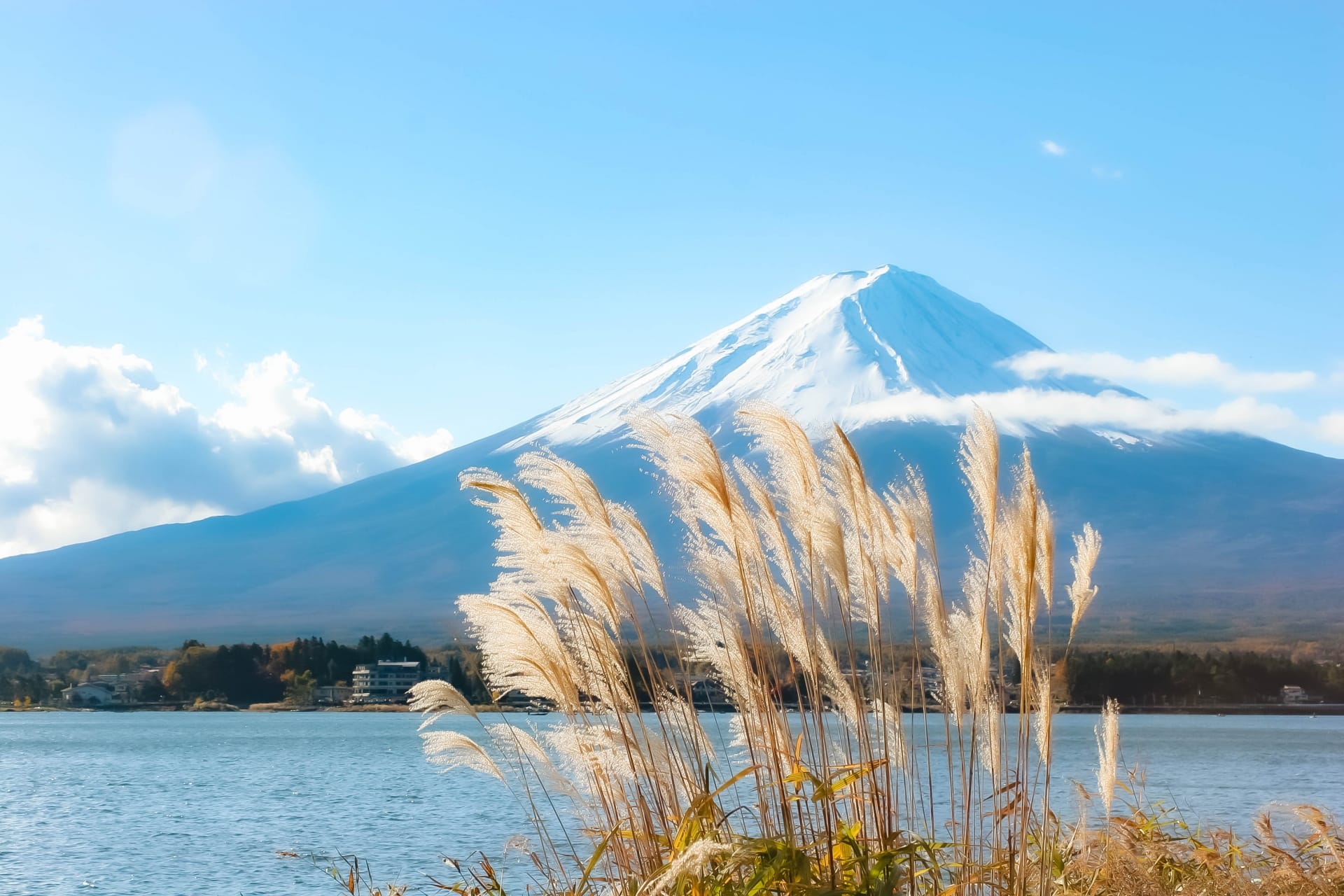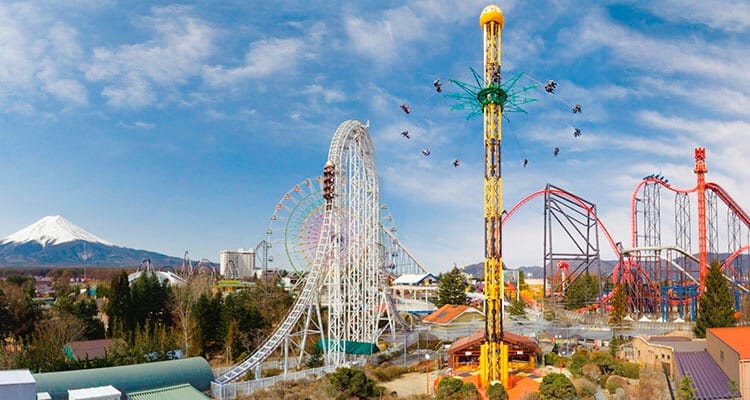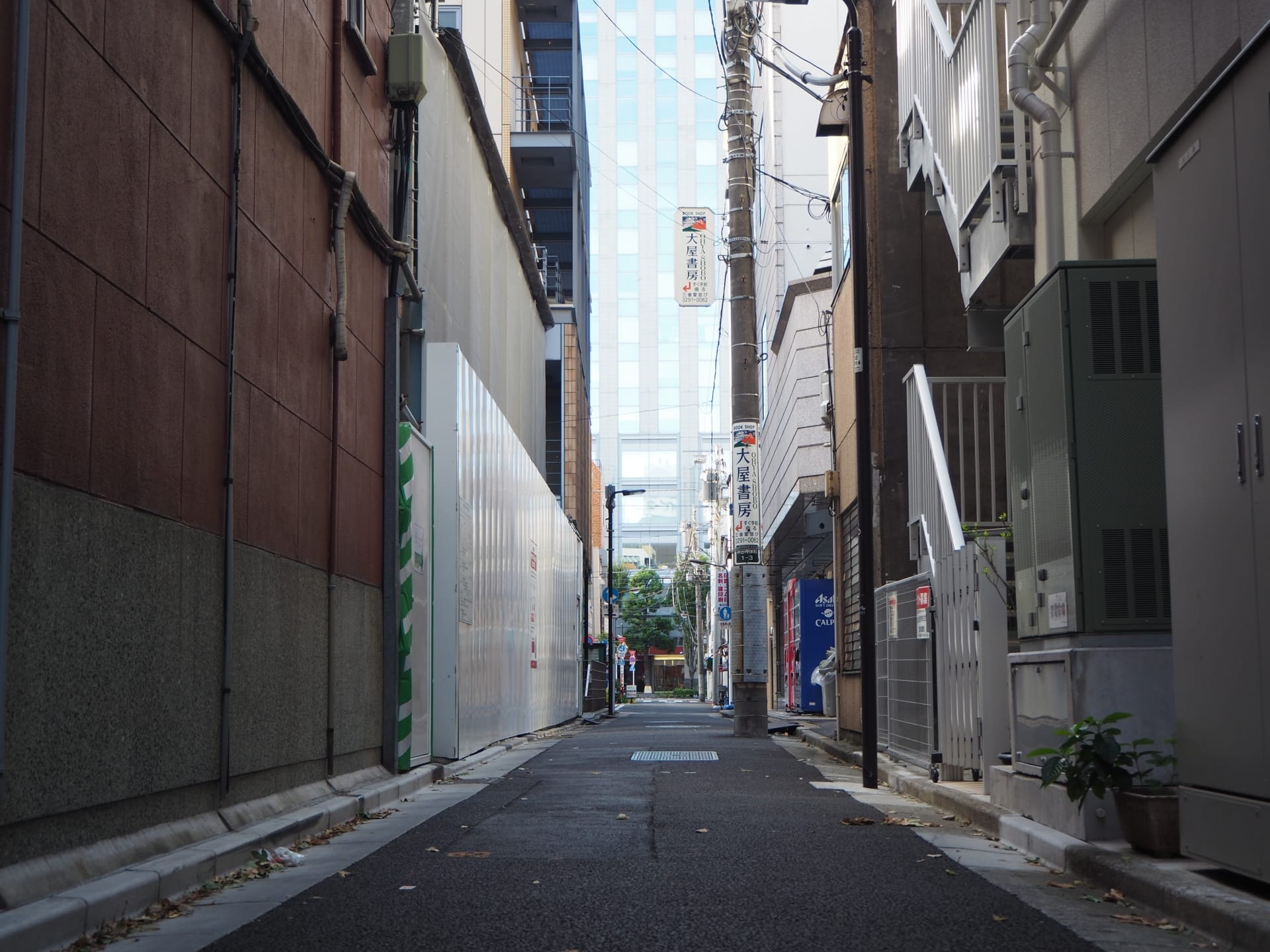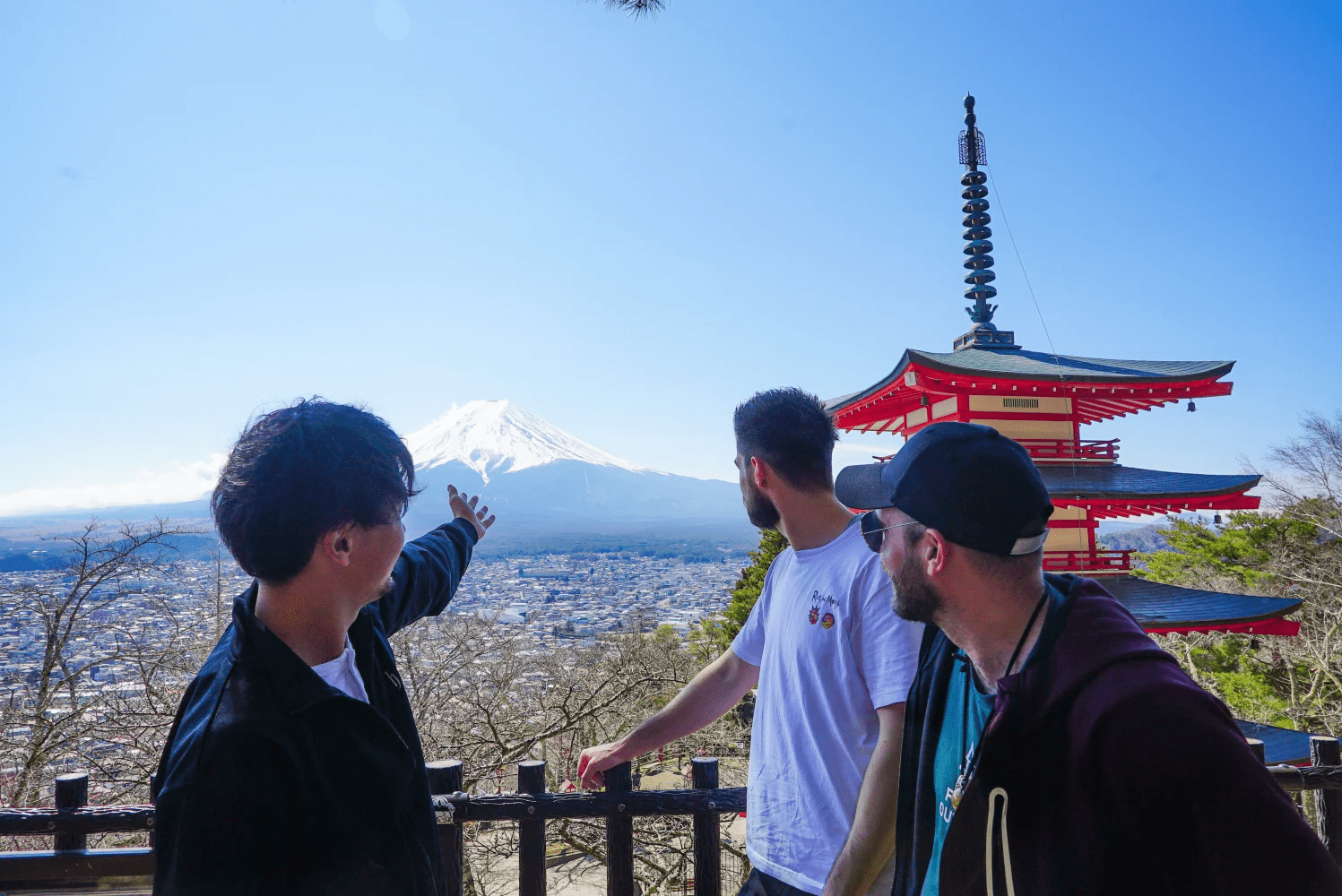Mt. Fuji Area from Tokyo: Complete Travel Guide 2025
Due to Mount Fuji's massive size and the scattered tourist spots around its base, planning an efficient itinerary can be quite challenging for visitors. I remember when I first visited the Mount Fuji area, I wasn't able to efficiently visit the surrounding attractions, which left me feeling like I hadn't fully experienced what the region had to offer.
As a result, tours that offer an efficient and immersive way to experience the Mount Fuji area are gaining popularity. Private tours led by guides who know the Mount Fuji region inside and out are especially in demand, as they're known for allowing small groups to fully enjoy both the cultural and natural attractions around the mountain.
Magical Trip, which boasts having the #1 rated tour of 2024, launched a new tour in November 2024 called "Mt. Fuji Full-day Nature Guided Tour with a Private Chartered Car." On this tour, a driver and an expert local guide take you to carefully selected must-see spots around Mt. Fuji while explaining the local culture and traditions.

Since the tour starts and ends at your Tokyo hotel, you can explore the Mt. Fuji area hassle-free. If you're interested in Mt. Fuji but don't have time for an extended stay in the area, consider this efficient sightseeing tour.
Introduction
I'll introduce you to the Mt. Fuji area that I've been visiting for 10 years.
Mt. Fuji is Japan's highest peak, and its beautiful form continues to captivate people from around the world. However, the true charm of this mountain is much deeper than what you see in photos or pictures. From climbing to the summit to cruising around the Fuji Five Lakes at the foot, shrines where ancient faith lives on, and hot springs that heal both mind and body, the Mt. Fuji area offers a surprisingly diverse range of enjoyments.
To be honest, there are points to be careful of when sightseeing, such as the crowds during the summer climbing season and poor visibility on cloudy days. But such small inconveniences will feel trivial in the face of the overwhelming presence of Mt. Fuji that you experience when you actually visit.
In this guide, I'll introduce tips for enjoying Mt. Fuji like a local, as well as ways to enjoy it from the fresh perspective of foreign tourists, interweaving my own experiences. It's packed with hints for discovering new aspects of Mt. Fuji, including points for each season.
Table of Contents
・What is Mt. Fuji? Basic Information and Its Charm
・How to Access the Mt. Fuji Area from Tokyo
・Activities and Tourist Spots to Enjoy in the Mt. Fuji Area
・How to Enjoy Mt. Fuji in Each Season
・Frequently Asked Questions about Mt. Fuji Tourism
What is Mt. Fuji? Basic Information and Its Charm
I'll introduce the charm and basic information about Mt. Fuji, which I've been visiting for 10 years. I'll convey the deep charm of Mt. Fuji as a symbol of Japan, not just a tourist attraction.
Overview of Mt. Fuji
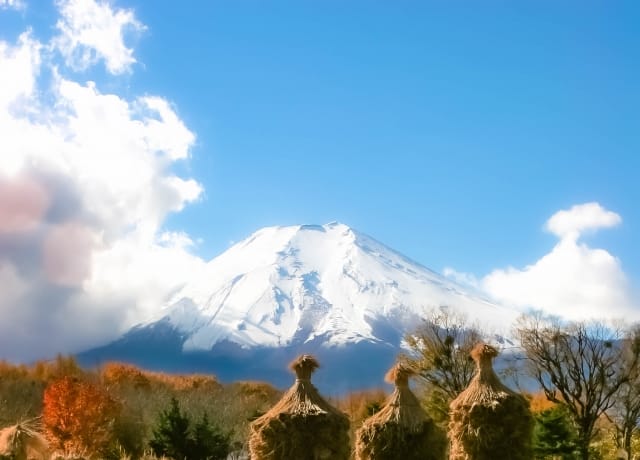
Mt. Fuji is recognized worldwide for its graceful appearance and was registered as a UNESCO World Cultural Heritage Site in 2013 as "Fujisan, sacred place and source of artistic inspiration."
Standing at 3,776 meters, it's Japan's highest peak, and its perfect conical shape is truly a work of art. It's also known as an active volcano, but the last eruption was the Hoei eruption in 1707, and it currently maintains calm.
What I find particularly charming is the different expressions Mt. Fuji shows in each season. Cherry blossoms in spring, fresh greenery in summer, autumn colors, and snow in winter - there are new discoveries every time I visit.
Why Mt. Fuji is Loved
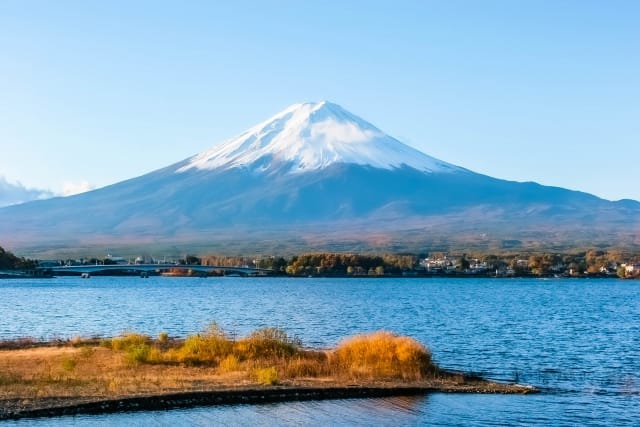
The charm of Mt. Fuji is not just its visual beauty. It has been revered as an object of faith by Japanese people since ancient times and has been depicted in numerous works of art such as ukiyo-e and waka poems.
What I find most moving after visiting for 10 years is the mysterious centripetal force of Mt. Fuji. On clear days, you can see its gallant figure from Tokyo Skytree and Yokohama Landmark Tower, healing the hearts of many people.
Rich natural environments such as the Fuji Five Lakes and Aokigahara Jukai spread around Mt. Fuji. In these areas, you can enjoy various activities such as trekking, photography, and hot spring hopping.
For foreign tourists, it's the best tourist destination where you can experience Japanese nature and culture at once.
How to Access the Mt. Fuji Area from Tokyo
You can access the Mt. Fuji area from Tokyo by multiple means of transportation. From my 10 years of experience, I'll introduce the characteristics and charms of each method. Please choose the best method according to the season and your purpose.
Access by Train
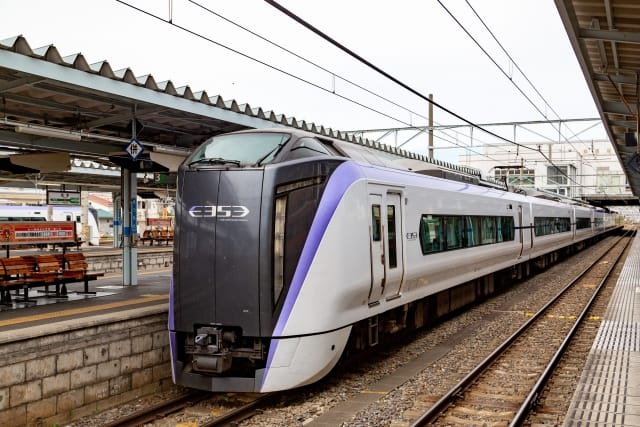
There are multiple train routes from Tokyo to the Mt. Fuji area.
The most popular is using the limited express "Fuji Excursion" from Shinjuku Station. It arrives at Kawaguchiko Station in about 2 hours, and the view from the train window is wonderful.
There's also a route where you take the Shinkansen from Tokyo Station to Mishima Station and then use a bus from there. This route is especially recommended on days with good weather. The travel time is about 2 hours to 2 hours and 30 minutes at the shortest.
Using Highway Buses
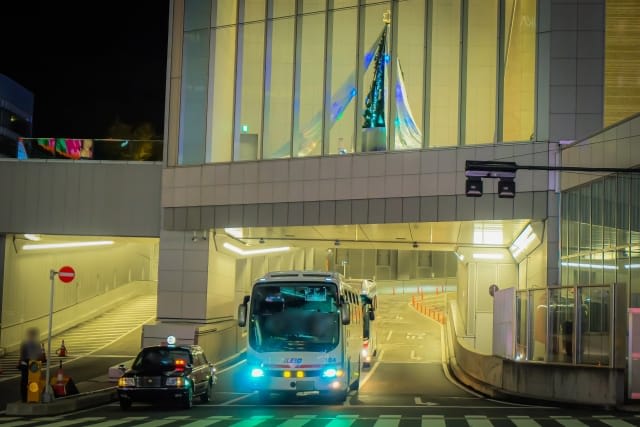
I frequently use highway buses as an economical and comfortable means of transportation.
Direct buses operate from Shinjuku Bus Terminal to Kawaguchiko Station, taking about 2 hours to 2 hours and 30 minutes. The seats are spacious, and you can enjoy the view of Mt. Fuji from the bus window. Especially if you take the first bus in the morning, you can see Mt. Fuji towering in the morning mist, which makes for an excellent photo spot.
Advance reservations are recommended and can be made online. You can easily make reservations on the bus company's website, so I recommend early reservations, especially during tourist seasons.
Other Access Methods
What I particularly recommend is using a rental car. The greatest appeal is the high degree of freedom and being able to go directly to your desired locations.
Using the highway, you can arrive in about 2 to 3 hours from Tokyo, and you can efficiently tour the Fuji Five Lakes and surrounding tourist spots. It's especially convenient for moving around in the early morning or at dusk when public transportation is less frequent.
Guided tours are also popular. This is a particularly reassuring option for foreign tourists who are concerned about the Japanese language. You can efficiently tour famous places by dedicated bus and receive detailed explanations from English-speaking guides. For those visiting the Mt. Fuji area for the first time, I recommend these easy and safe tours.
Activities and Tourist Spots to Enjoy in the Mt. Fuji Area
The Mt. Fuji area has plenty of attractive activities and tourist spots besides mountain climbing. From my 10 years of experience, I'll introduce various spots.
Mt. Fuji Climbing (Summer Only)
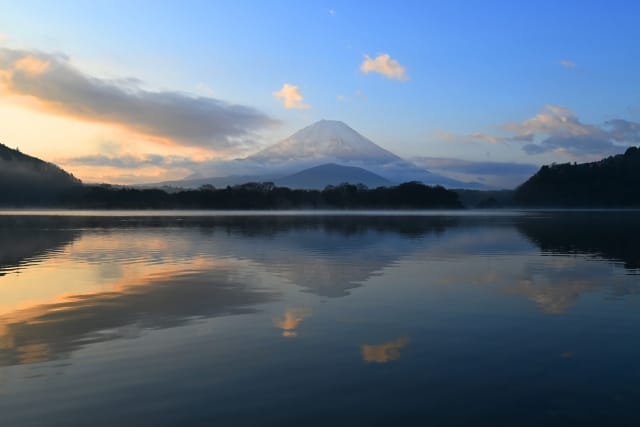
Climbing Mt. Fuji is a dream for many people. Among the four climbing routes, I especially recommend the "Yoshida Route" for beginners. It's the most popular and well-equipped, allowing even first-timers to climb with peace of mind.
Staying at a mountain hut is a special experience on Mt. Fuji. Although it's a cramped space, interaction with climbers from around the world becomes an invaluable memory.
The sunrise from the summit is truly moving. The sunrise viewed from an altitude of 3,776 meters is so beautiful it seems otherworldly.
However, climbing requires sufficient preparation and physical strength. Don't neglect prior preparation such as appropriate equipment, weather checks, and altitude sickness countermeasures.
Fuji Five Lakes Sightseeing
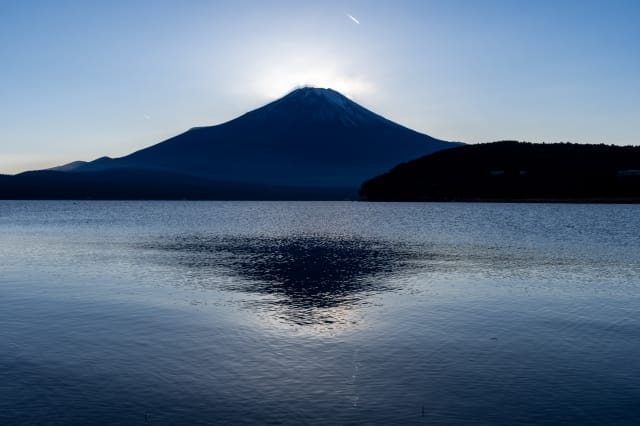
The Fuji Five Lakes is the collective name for five lakes consisting of Lake Kawaguchi, Lake Yamanaka, Lake Sai, Lake Shoji, and Lake Motosu. Each lake has its own unique charm, and I change the lake I visit each season.
You can enjoy various activities such as sightseeing boats and smelt fishing at Lake Kawaguchi, canoeing and cycling at Lake Yamanaka, and cave exploration at Lake Sai.
What's particularly impressive is the inverted reflection of Mt. Fuji on the lake surface. If you visit in the early morning when there's no wind, Mt. Fuji is reflected on the lake surface like a mirror, making for an excellent photo spot.
Hot Spring Experience
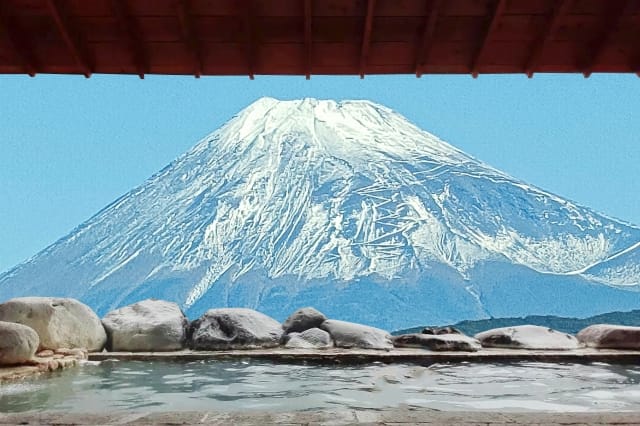
The hot springs in the Mt. Fuji area have long been enjoyed as a blessing from volcanic activity. What I especially recommend is "Hottarakashi Onsen." From the open-air bath located at a high altitude, you can have a panoramic view of the majestic Mt. Fuji.
Healing your body tired from climbing or sightseeing in a hot spring is the ultimate luxury. The hot springs around Mt. Fuji, where you can experience Japanese hot spring culture and enjoy spectacular views, are very popular among foreign tourists.
Website: http://www.hottarakashi-onsen.com/
Oshino Hakkai Sightseeing
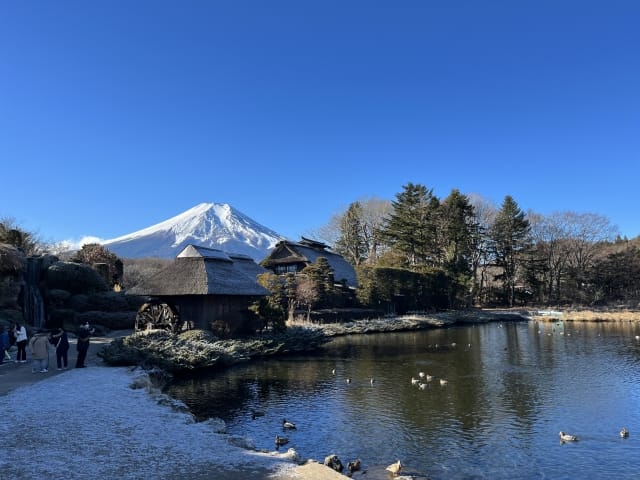
Oshino Hakkai is a group of eight ponds where Mt. Fuji's snowmelt water springs up after many years. The contrast between the crystal-clear water and the spectacular view of Mt. Fuji is popular among photography enthusiasts.
The surrounding area is full of souvenir shops selling local specialties and restaurants, where you can taste Yamanashi's local cuisine. The scenery in each season is also attractive, showing different expressions each time you visit, with cherry blossoms in spring, fresh greenery in summer, autumn colors, and snow scenes in winter.
Fuji-Q Highland
Source: Google Map
Fuji-Q Highland is one of Japan's leading theme parks that can be enjoyed against the backdrop of the spectacular view of Mt. Fuji.
What I find particularly impressive is the group of world-famous thrill rides. "FUJIYAMA" was the world's tallest roller coaster when it opened, and it continues to fascinate many thrill-seekers even now. "Eejanaika" is also a popular attraction with its unique rotation experience.
Families can also enjoy it with peace of mind. Thomas Land is very popular with small children, with plenty of gentle rides and interactive attractions. You can enjoy the spectacular view of Mt. Fuji from the Ferris wheel in the park, and the scenery at dusk is especially exquisite.
Website: https://www.fujiq.jp/en/
Shrine Visits
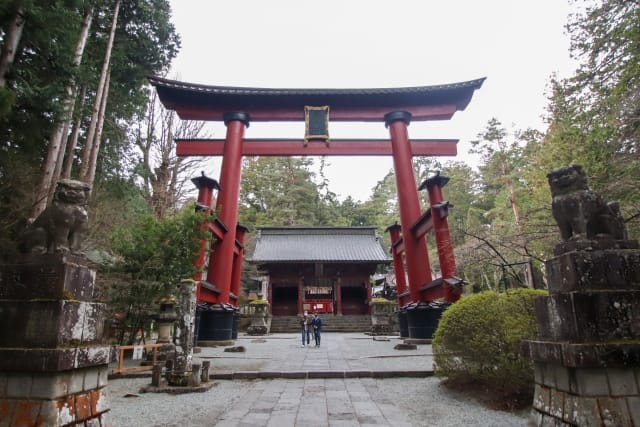
Visiting shrines around Mt. Fuji is an excellent opportunity to experience traditional Japanese culture.
The "Kitaguchi Hongu Fuji Sengen Shrine" boasts over 1,000 years of history as the center of Mt. Fuji worship. What I find particularly impressive is the harmonious scenery of the vermilion-lacquered shrine buildings and Mt. Fuji. When you pass through the grand torii gate, a solemn air drifts, and you're enveloped in a sacred atmosphere.
You can receive goshuin (red seal stamps) at each shrine, which are popular as traditional souvenirs of shrine visits. You can touch the ancient spirituality of Japan while calming your mind in the quiet precincts.
How to Enjoy Mt. Fuji in Each Season
Mt. Fuji shows different charms throughout the year in each season. From my 10 years of experience, there is no best season to speak of. Each season has its own unique beauty and way to enjoy.
Spring (March to May)
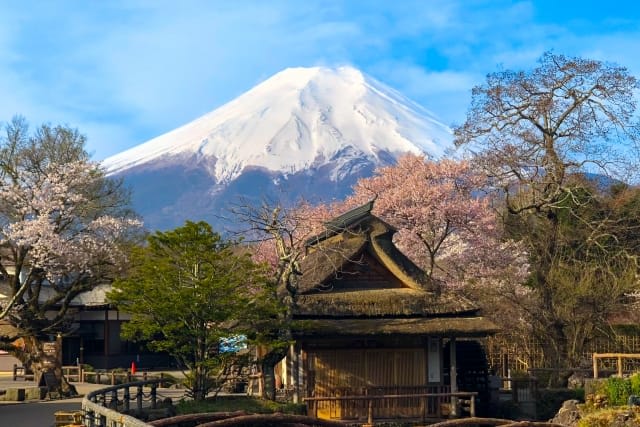
In the Mt. Fuji area in spring, the highlight is the collaboration with cherry blossoms.
The view from Arakurayama Sengen Park and the Chureito Pagoda is truly a scene symbolizing Japanese spring. Although climbing is difficult during this season, the climate is ideal for strolling around the area.
The Shibazakura Festival held on the shores of Lake Kawaguchi is particularly spectacular, with the contrast between the pink carpet-like moss phlox and Mt. Fuji attracting many tourists every year.
Summer (June to August)
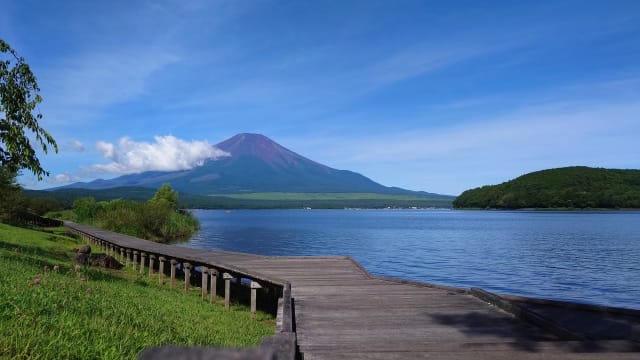
Summer is the best season for climbing Mt. Fuji.
From early July when the mountain opens to early September, many climbers aim for the summit. What I find particularly moving is the colony of alpine plants that can be seen around the fifth station. The sight of delicate flowers blooming hardily in harsh environments is impressive.
Also, the Fuji Five Lakes area at the foot of the mountain is relatively cool even in midsummer due to its high altitude, making it popular as a summer retreat. The summer festivals held in various places are also highlights, where you can experience local traditional culture.
Autumn (September to November)
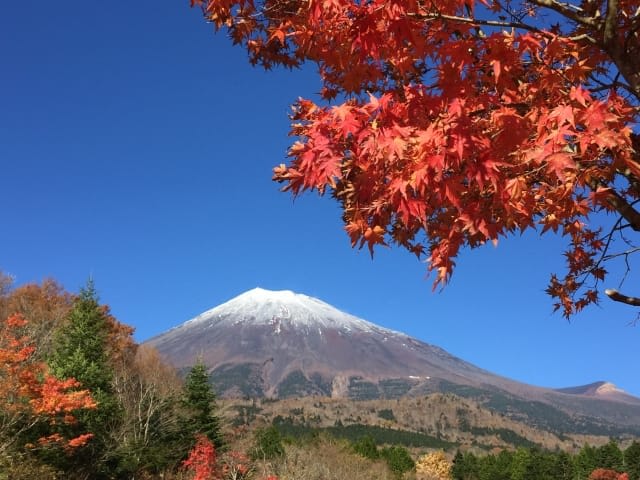
Mt. Fuji in autumn is magnificent in harmony with the autumn colors.
I particularly recommend the autumn foliage spots around Lake Kawaguchi. You can enjoy the scenery of trees dyed red and yellow with Mt. Fuji while strolling along the lakeside promenade. Driving around the Fuji Five Lakes is also exceptional, with your heart being captivated by the occasional appearance of Mt. Fuji as you pass through tunnels of autumn colors.
Moreover, this season is harvest time. You can experience grape and apple picking at local farms, and at harvest festivals held in various places, you can taste Yamanashi's specialties and local cuisine. Meals enjoyed in the crisp autumn air are exquisite.
Winter (December to February)
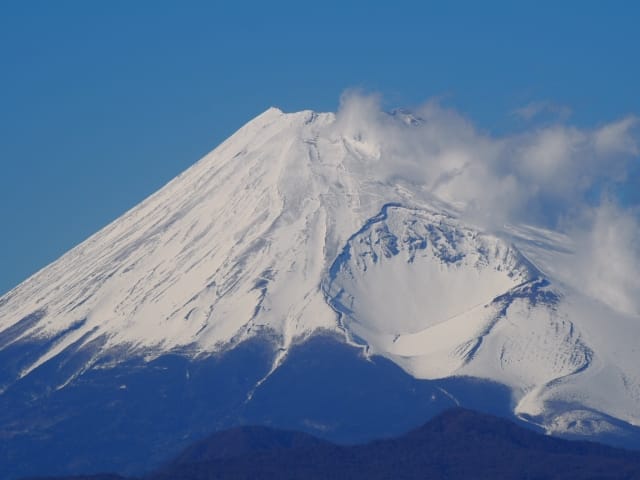
Mt. Fuji in winter, dressed in snow, is so beautiful it's divine. I'm particularly moved by the sight of Mt. Fuji on a clear day in the dead of winter. The contrast between the pure white snow and the blue sky radiates a charm completely different from summer.
Although this season is severely cold, the hot springs are exceptional. The view of Mt. Fuji from an open-air bath with a snow view will be a luxurious experience unique to Japan.
Also, Fuji-Q Highland holds a winter-limited illumination event where you can enjoy a fantastic night view. You'll encounter the special charm of Mt. Fuji that can only be savored in the cold season.
Frequently Asked Questions about Mt. Fuji Tourism
I've compiled the questions I often receive when guiding Mt. Fuji and their answers. From my 10 years of experience, I'll introduce points that overseas tourists are particularly concerned about.
Can I climb Mt. Fuji outside the climbing season?
Mt. Fuji climbing is limited to the official climbing season from July to September. This regulation is in place with the highest priority on climbers' safety. From my experience, climbing outside this period carries great danger, especially in winter when there's even a risk to life.
However, there are plenty of ways to enjoy Mt. Fuji outside the climbing season. Please choose activities that can be enjoyed safely, such as driving to the fifth station, cruising around the Fuji Five Lakes, and photography.
Are there any recommended accommodations around Mt. Fuji?
There are various types of accommodations around Mt. Fuji. I often introduce ryokans (traditional Japanese inns) on the shores of Lake Kawaguchi to my friends from overseas. The experience of sleeping close to a futon in a Japanese-style room becomes a special memory where you can feel Japanese culture.
Many facilities also offer views of Mt. Fuji from guest rooms or open-air baths, allowing you to enjoy the luxury of having Mt. Fuji all to yourself during the morning glow or evening glow.
Recently, glamping facilities have also become popular. You can spend luxurious time in a tent overlooking Mt. Fuji, which is especially popular among young travelers. Campsites are also well-equipped, recommended for those who want to fully enjoy nature.
Is it possible to tour Mt. Fuji in one day?
A day trip from Tokyo is certainly possible. I recommend departing on the first train or bus in the morning, spending half a day around Lake Kawaguchi, and then touring Oshino Hakkai and Sengen Shrine. However, prior planning is essential to use time effectively. It's especially important to check transportation means and make flexible plans according to the weather.
Even just the Fuji Five Lakes area has enough attractions, and if combined with hot springs, you can spend a fulfilling day. However, I recommend staying overnight if possible to enjoy Mt. Fuji in the morning and evening as well.
What activities do you recommend for families with children around Mt. Fuji?
For families with children, I first recommend the Lake Kawaguchi area. You can enjoy viewing Mt. Fuji from a sightseeing boat on the lake or take an aerial walk on the Mt. Kachi Kachi Ropeway. In my experience, foreign children especially enjoy riding on Japanese sightseeing boats.
Fuji-Q Highland is the best place for both children and adults to enjoy. It's full of Thomas Land and attractions for children, allowing you to spend the whole day without getting bored.
Mt. Fuji is a symbol of Japan and a world-renowned cultural heritage. Even I, who have been visiting for 10 years, make new discoveries and feel moved every time I visit. From mountain climbing to hot springs, sightseeing, and activities, the ways to enjoy it are endless.
Please use this guide as a reference to find your own encounter with Mt. Fuji. Mt. Fuji, showing different expressions in each season, will surely be deeply engraved in your heart. Why not add a visit to the Mt. Fuji area to your memories of your trip to Japan?
